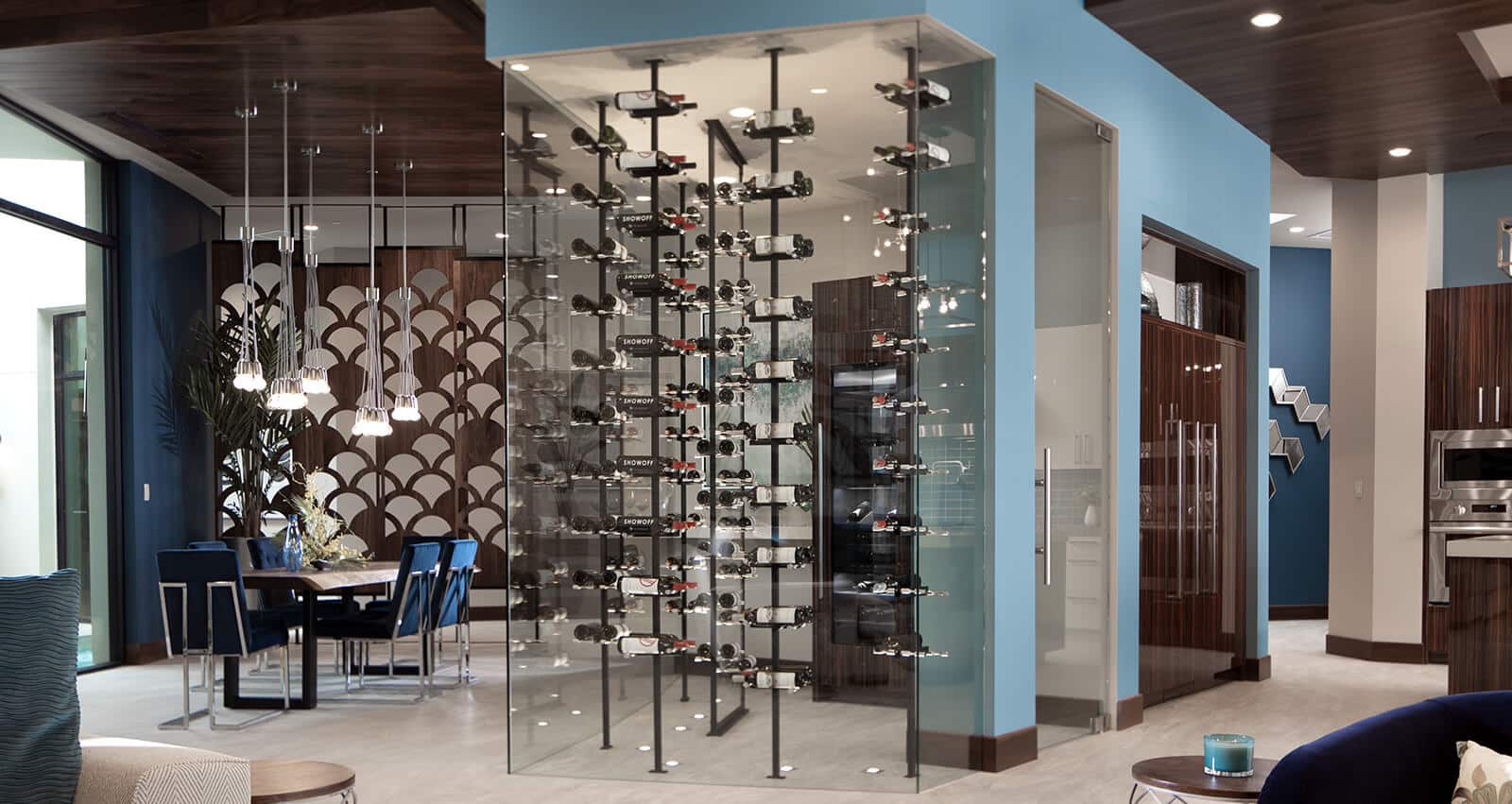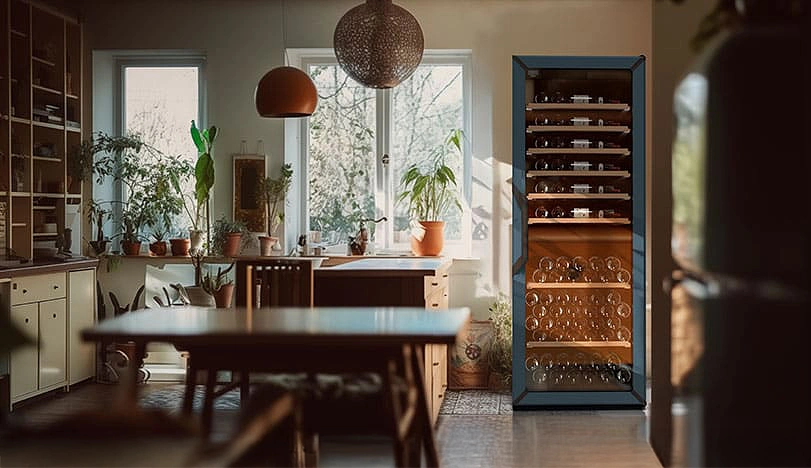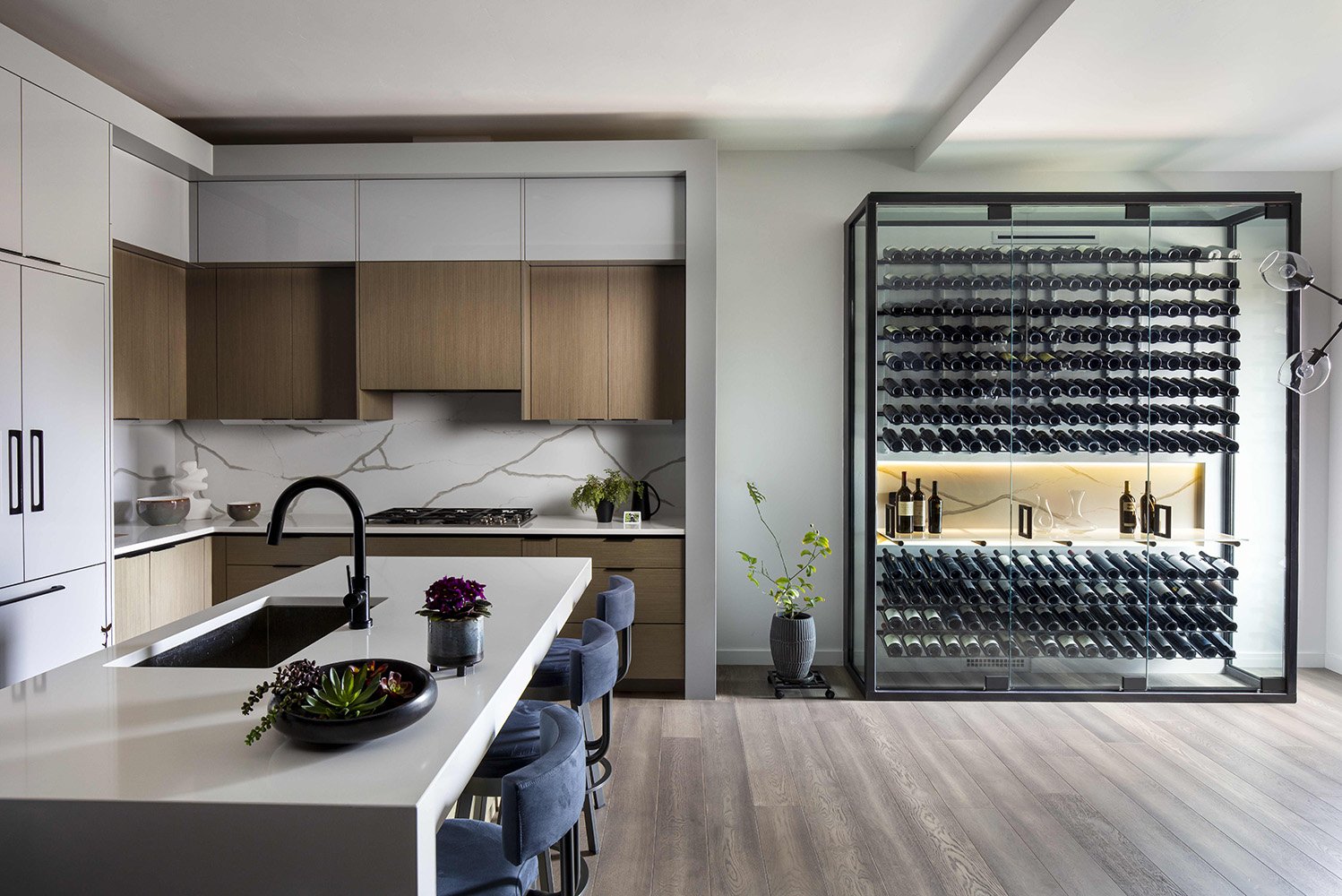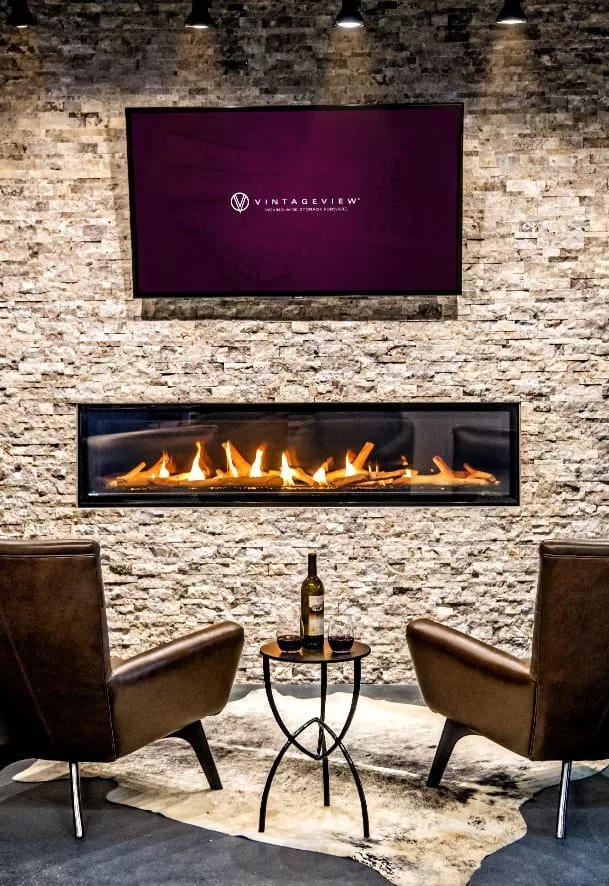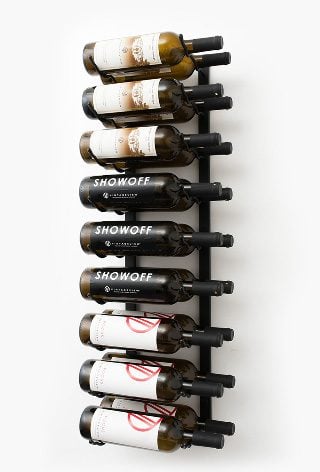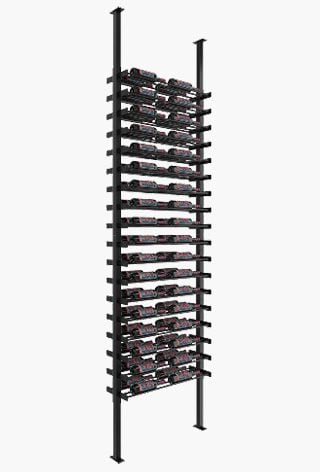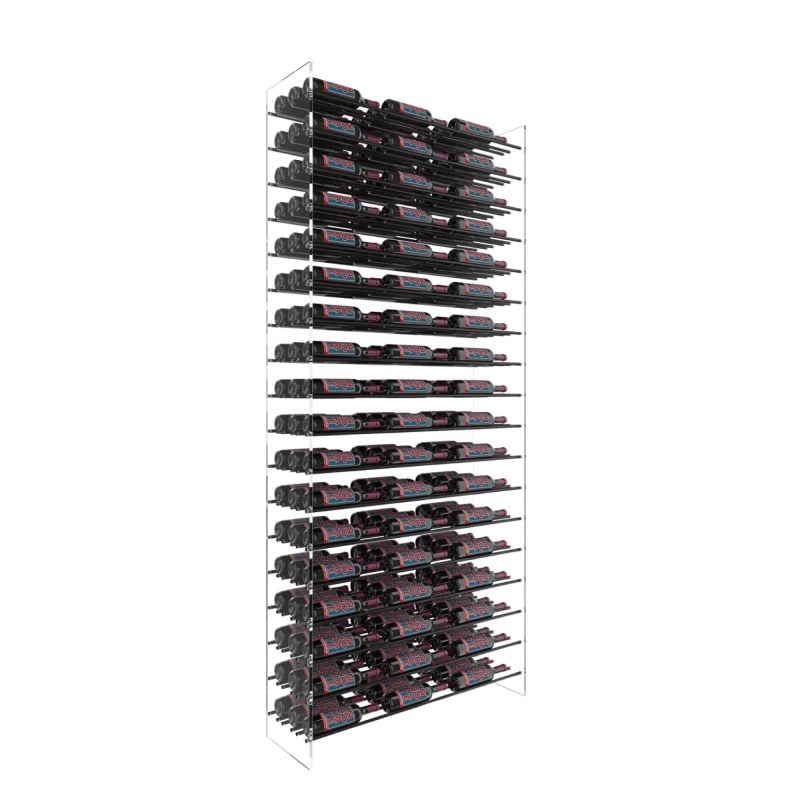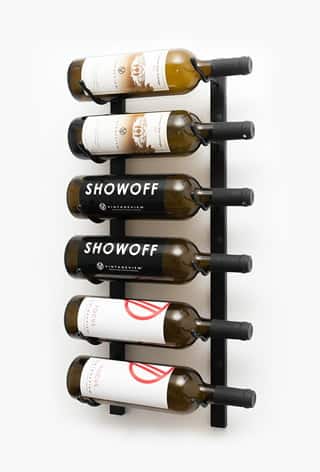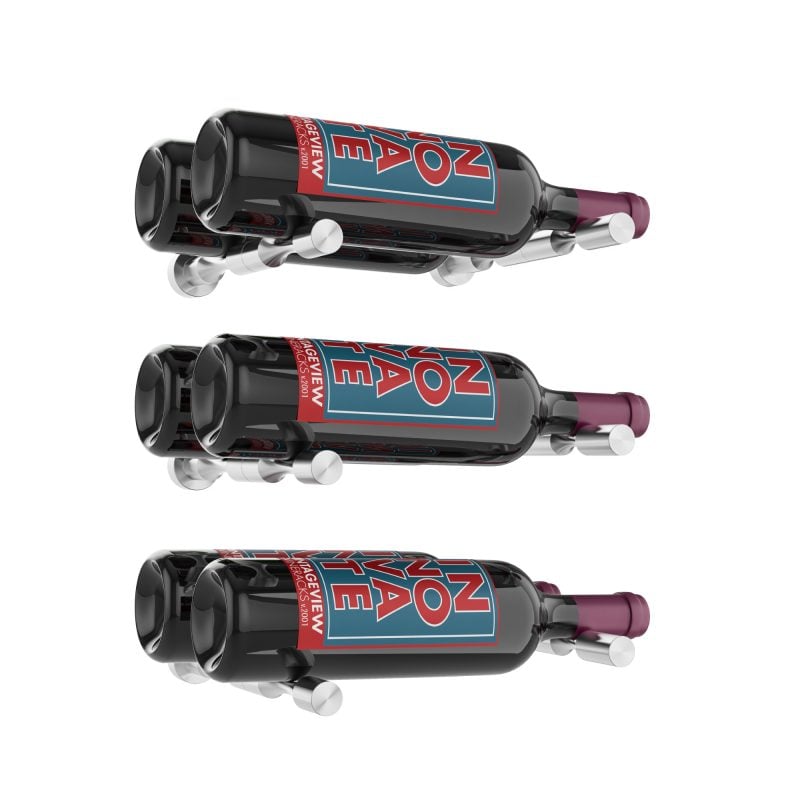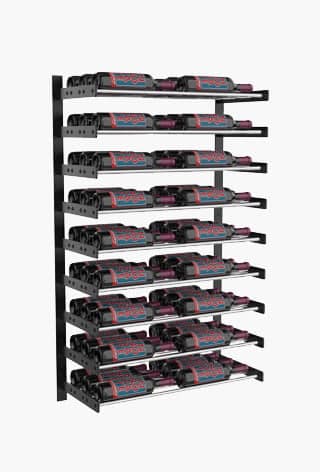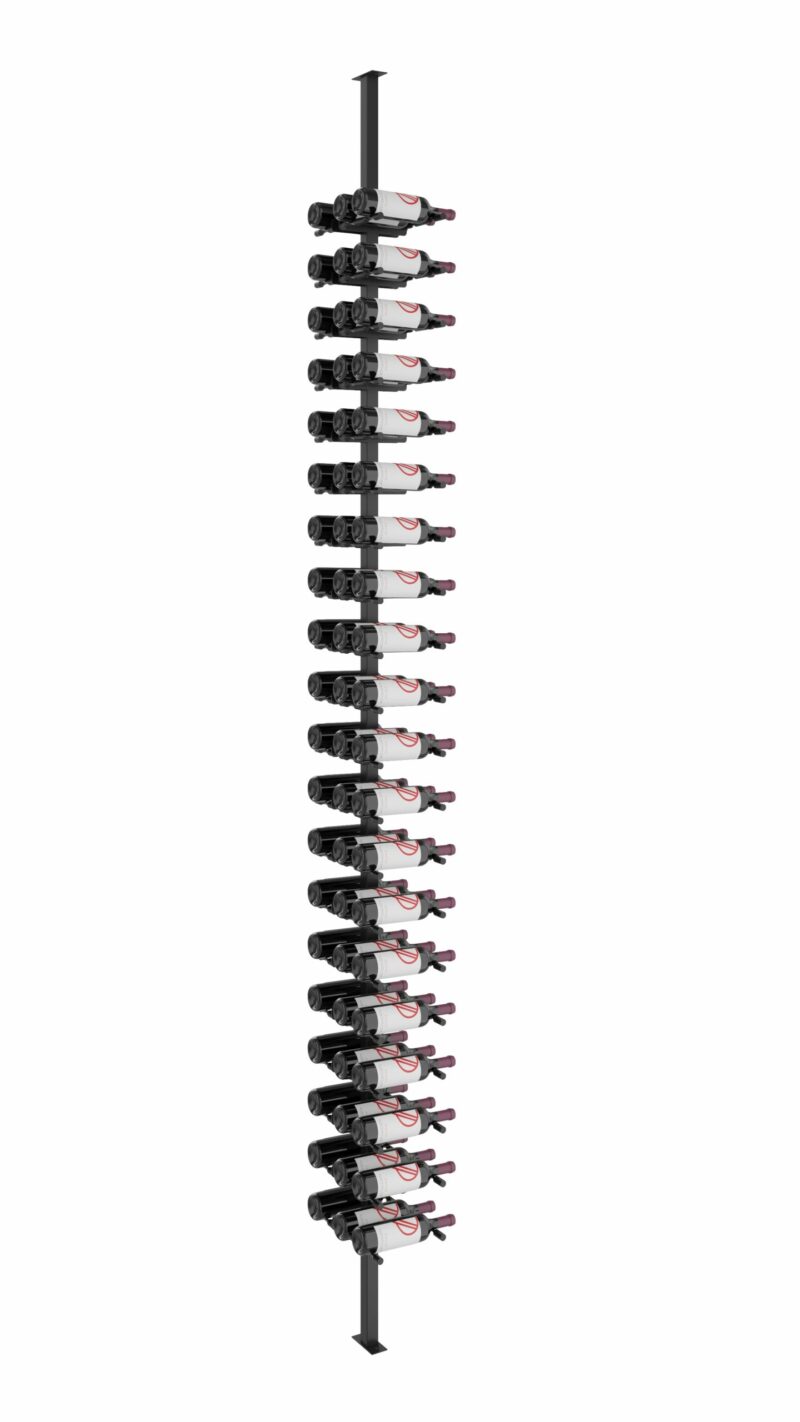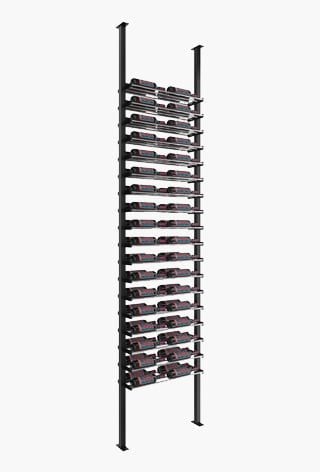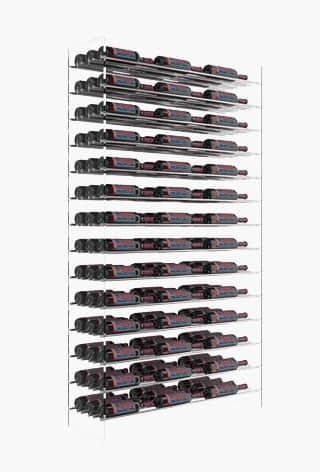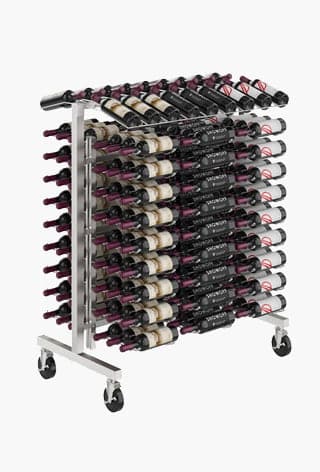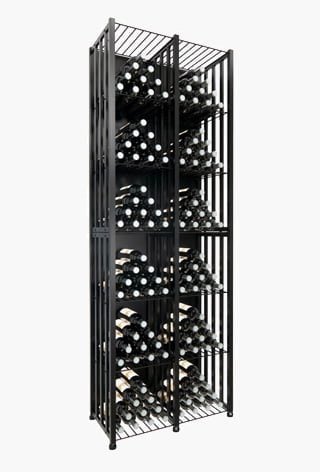Aug 30, 2023

Turns out, top design professionals have figured out that a wine display can balance form and function, meaning it is no longer just a practical, large room in the basement for high-end collectors. Wine storage has become part of the architectural process.
- This article is part of the Complete Guide to Building the Modern Wine Cellar.
Jump to:
🍷 Wine Cellaring Trends 🔨 Wine Storage Market Potential 🍷 Wine Storage Styles 🔨 Wine Display Sizes 🍷

The Wine Cellaring Trend
For more than a decade, wine cellars have trended as architectural features in homes and restaurants. The term cellar is not always necessary, as displays in a range of sizes have been installed in visual spaces that connect to entertaining areas.
In homes, this translates to creatively updated kitchen walls, under-the-stairs nooks, basement wet bars, and more.
In commercial applications, wine bottles are now housed in racks behind host stands or in other prominent places visible to guests.
The 2020-2022 pandemic further accelerated these trends.
Post Pandemic: Residential
The COVID-19 pandemic had a significant impact on home décor, driving this trend to spike. High on the list: the addition of wine storage, small to large. The reasons for this are threefold:
- When people were stuck at home, their interest in making their living spaces more comfortable and inviting increased.
- The pandemic led to a 2.9% increase in wine sales in the United States, the largest gain in over 50 years.
- Wine rack displays have become more approachable, with projects ranging from holding a few bottles to add a touch of luxury to massive collector cellars for elite connoisseurs.
Post Pandemic: Hospitality
Wine is among the most profitable items in a restaurant. Putting wine on display, similar to top-shelf placement for liquor brands, improves its sales, which are critical for thriving in a post-COVID environment. A survey conducted in 2017 by a wine storage system company showed that 91% of restaurants with a wine display visible to diners met or exceeded wine revenue goals.
A well-curated wine program can account for over 80% of gross profit dollars, even when food sales account for up to 70% of revenue.
Among the reasons wine displays work:
- A well-designed wine display showcases the restaurant’s wine selection and encourages customers to order wine with their meals.
- A beautiful wine display adds a touch of elegance and sophistication to a restaurant’s dining room, making it a more appealing place to dine.
- They help educate customers about wine by encouraging discussion with staff.
Wine is among the most profitable items in a restaurant. Putting wine on display, similar to top-shelf placement for liquor brands, improves its sales, which are critical for thriving in a post-COVID environment. A survey conducted in 2017 by a wine storage system company showed that 91% of restaurants with a wine display visible to diners met or exceeded wine revenue goals.
A well-curated wine program can account for over 80% of gross profit dollars, even when food sales account for up to 70% of revenue.
Among the reasons wine displays work (or hear it from a top restaurant designer):
- A well-designed wine display showcases the restaurant’s wine selection and encourages customers to order wine with their meals.
- A beautiful wine display adds a touch of elegance and sophistication to a restaurant’s dining room, making it a more appealing place to dine.
- They help educate customers about wine by encouraging discussion with staff.

The Wine Storage Market
One in three American adults drinks wine monthly.
This means the potential market size for wine displays should be close to this figure. Anyone who purchases wine may want to store a few bottles. Right!?
As a design gatekeeper, you can unlock these markets by reframing a wine cellar to your clients away from assumptions that this type of bottle storage is only for those who collect vintages by the thousands and prefer traditional design.
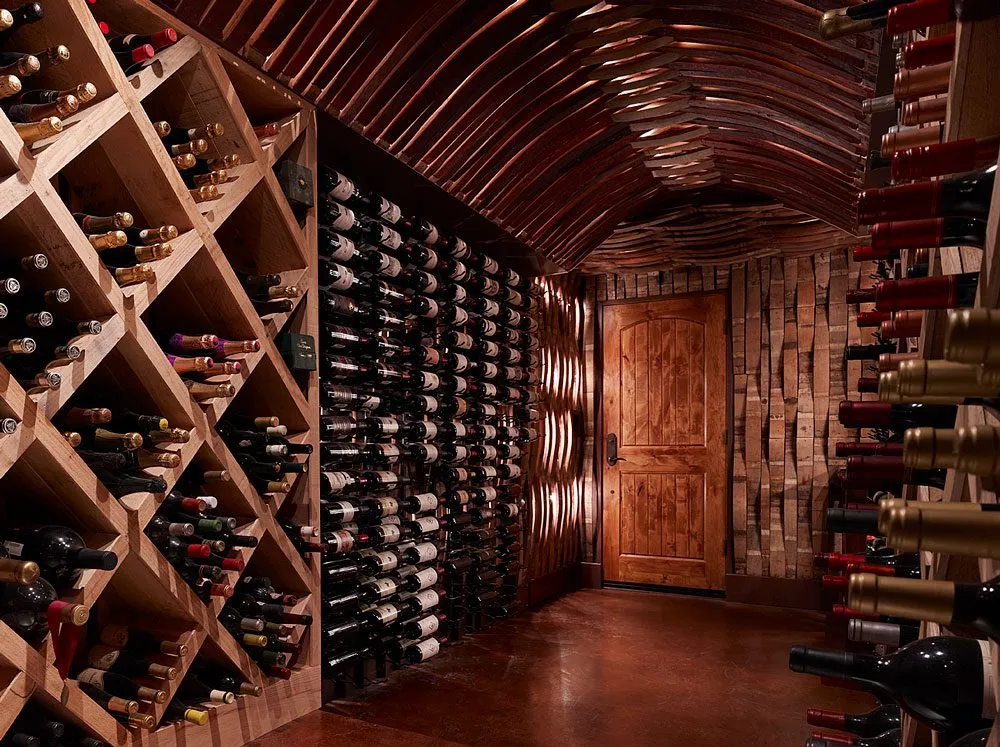
Wine Storage Styles
Contemporary: Here, style is as important as practicality. These are found primarily in main-floor living, with glass viewing walls, metal wine racking, and label-forward display.
Transitional: This style blends in with the rest of the home or restaurant and is found in main-floor or basement living, with metal and wood wine racking and label-forward display.
Traditional: Elevated collector rooms are found in basements and are often large, featuring metal and wood racking with labels and corks facing forward and utilizing dark and warm tones.

Wine Display Sizes
Open the possibilities to any sized space. You can start with just one bottle, which takes up a 13″ x 5″ space on the wall.
Small Wine Displays
- Hold up to 100 bottles
- Often not climate controlled
- Suitable for kitchens, bars, pantries
- All styles of design
Medium Wine Displays
- Hold up to 500 bottles
- Sometimes climate controlled
- Suitable for main-floor living, behind glass
- All styles of design
Large Wine Displays
- Hold more than 500 bottles
- Collectors’ cellars
- Climate controlled
- All styles of design, with an emphasis on traditional
This article is part of the Complete Guide to Building the Modern Wine Cellar.



